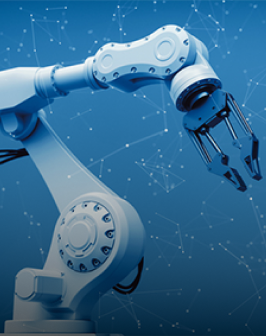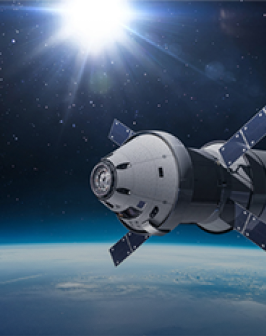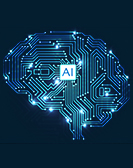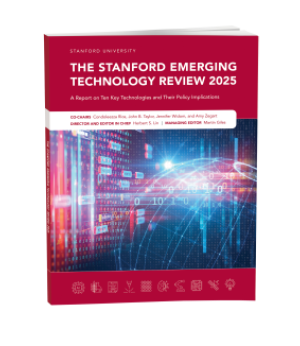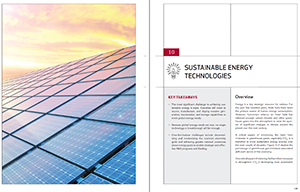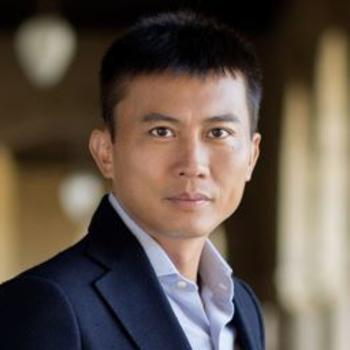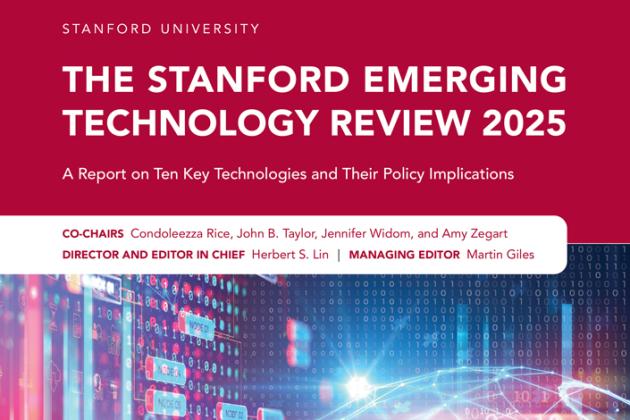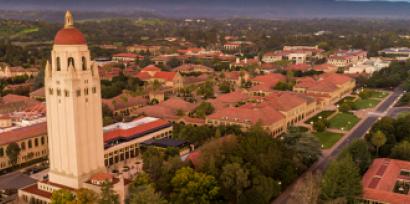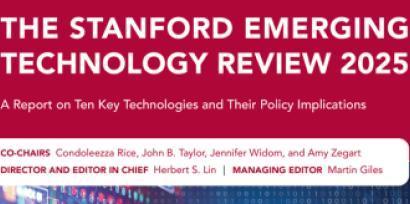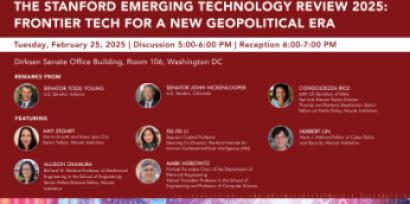Overview
The transition to sustainable energy relies on improving every step of the energy supply chain, from generation to transmission to storage. However, the sheer scale of global energy has two major implications. First, no single technology or breakthrough can meet the world’s demands for energy. Success will require a combination of approaches that bridge present sources, consumption, and infrastructure to a more sustainable future. Second, the imperative to deliver energy at scale unavoidably places an emphasis on cost. High-cost technologies, whether old or new and no matter how promising, cannot be deployed on a wide scale.
KEY DEVELOPMENTS
Substantial progress has been made in several sustainable energy technologies, including wind and solar generation of electricity; lower-loss long-distance transmission; lithium-ion (Li-ion) batteries for storing excess renewable energy produced when demand is low and for use in electric vehicles (EVs); efficient lightemitting diode (LED) lighting; and heat pumps for heating and cooling. But the widespread deployment of such technologies requires overcoming a variety of challenges, including a lack of sufficient public charging infrastructure for EVs, constraints in the raw materials supply chain to manufacture some of these technologies, and high up-front costs.
The technical feasibility of nuclear fission for generating electricity is well established. But many concerns related to economics and public acceptability remain to be overcome before the widespread deployment of fission reactors is possible. These include a legacy of significant cost overruns and construction delays; fuel security; manufacturing capability to build the hundreds of reactors that will be needed to meet the US goal of tripling nuclear-generated electricity by 2050; reactor safety; waste management; and nuclear weapons proliferation that might be prompted by widespread reactor deployments.






